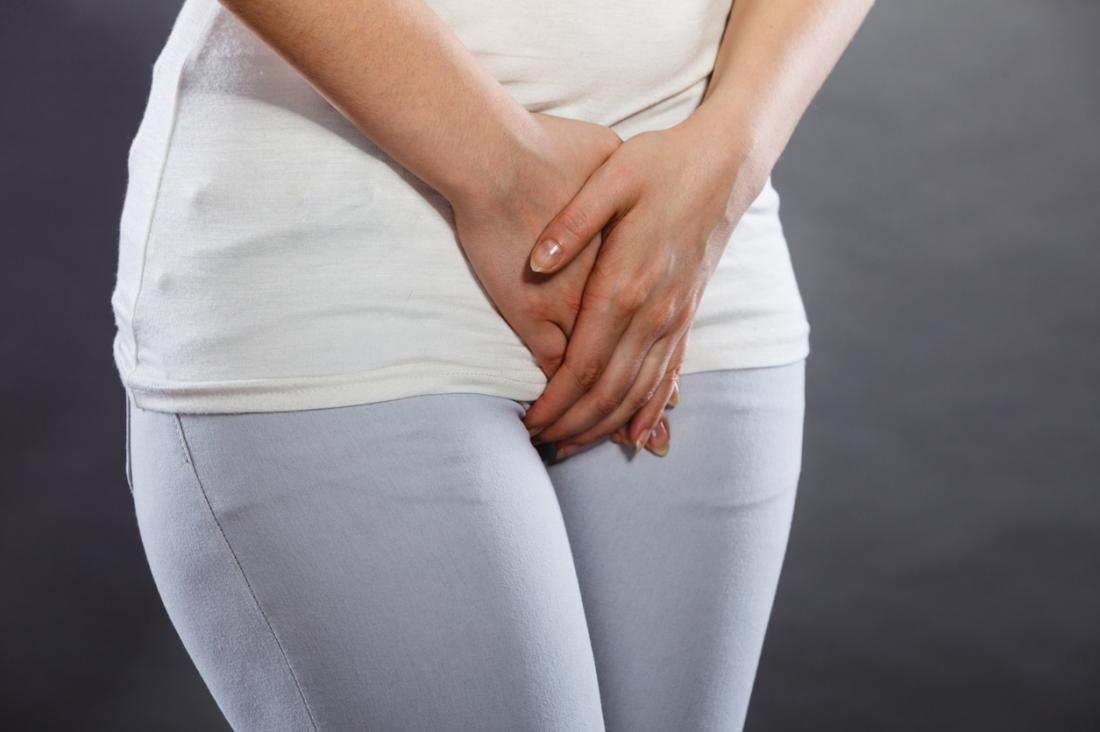Vaginal gas, also known as vaginal flatulence or queefing, is an embarrassing and uncomfortable condition that many women experience. It is characterized by the release of air from the vagina, resulting in a sound similar to flatulence. While vaginal gas is normal and usually harmless, it can be a cause of embarrassment for many women. In this blog post, we will explore the common causes of vaginal gas and discuss ways to prevent it.
Causes of Vaginal Gas
1. Sexual Activity: One of the most common causes of vaginal gas is sexual activity. During intercourse, air can enter the vagina and become trapped. When the muscles relax after sex, the air is released, resulting in vaginal gas.
2. Exercise: Certain exercises, such as yoga or Pilates, can also lead to vaginal gas. These exercises often involve movements that can cause air to enter the vagina.
3. Gynecological Procedures: Some gynecological procedures, such as pelvic exams or the insertion of medical devices, can also cause vaginal gas. This is often a temporary side effect and should resolve on its own.
4. Menopause: Changes in hormone levels during menopause can lead to vaginal gas. The decrease in estrogen can affect the elasticity of the vaginal tissues, making it easier for air to become trapped.
5. Vaginal Infections: Certain vaginal infections, such as bacterial vaginosis or yeast infections, can also cause vaginal gas. These infections can disrupt the natural balance of bacteria in the vagina, leading to increased gas production.
Prevention of Vaginal Gas
1. Kegel Exercises: Kegel exercises can help strengthen the pelvic floor muscles, which can reduce the likelihood of vaginal gas. These exercises involve contracting and relaxing the muscles used to control urine flow.
2. Empty the Bladder: Before engaging in any physical activity, it is important to empty the bladder. A full bladder can put pressure on the pelvic floor muscles, making it more difficult for them to support the organs and prevent vaginal gas.
3. Use Lubrication: During sexual activity, using a water-based lubricant can help reduce friction and minimize the amount of air that enters the vagina.
4. Practice Good Hygiene: Maintaining good hygiene can help prevent vaginal infections, which can contribute to vaginal gas. It is important to clean the genital area regularly and avoid using harsh soaps or douches.
5. Wear Breathable Underwear: Choosing underwear made from breathable fabrics, such as cotton, can help prevent excess moisture and reduce the risk of vaginal infections.
6. Avoid Tight Clothing: Wearing tight-fitting pants or underwear can create airtight conditions that increase the likelihood of vaginal gas. Opt for loose-fitting clothing that allows for air circulation.
Conclusion
Vaginal gas is a common occurrence that can be embarrassing for many women. Understanding the common causes of vaginal gas and implementing preventative measures can help reduce its occurrence. By practicing good hygiene, engaging in regular exercise, and maintaining a healthy lifestyle, women can minimize the likelihood of experiencing vaginal gas. Remember, while vaginal gas can be embarrassing, it is a normal bodily function that should not cause undue concern.




